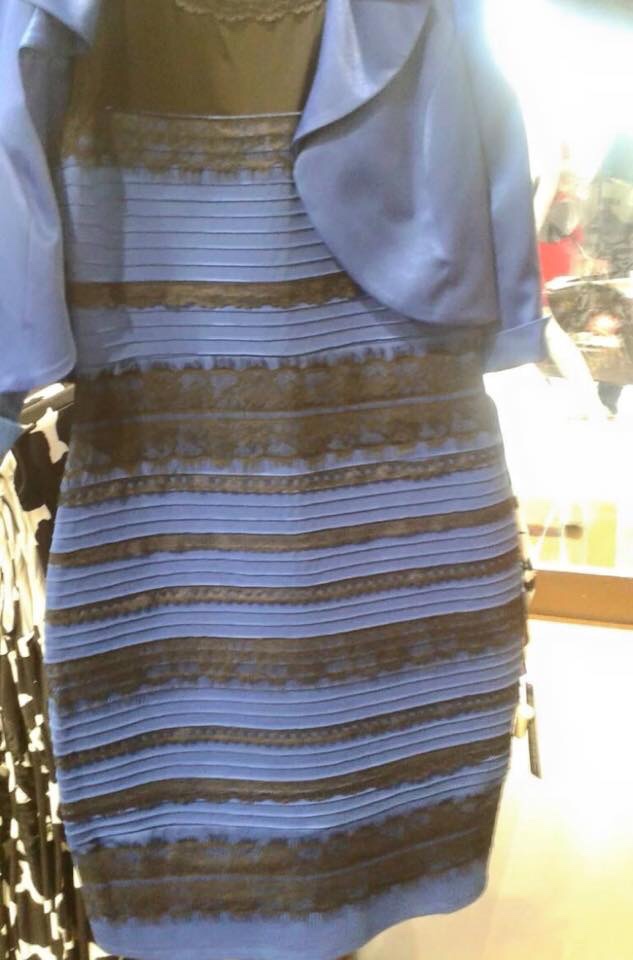While unsuspecting students were preparing for midterms this past week, an inconspicuous Instagram picture shook the Internet with unprecedented force.
One by one, and then by the hordes; friends, family members and celebrities were called to weigh in on the color of what has become known as #thedress. At the time this editorial was written, BuzzFeed’s poll of the dress color garnered over 3.4 million votes, with 68 percent in favor of white and gold.
The ferocity of the whispered arguments overheard in the library and in the dorms and the number of friendships tested by the debate are testaments to #thedress’s potency in capturing public attention.
Many social media accounts cleverly used the issue to improve relatability and increase traffic. The American Civil Liberties Union (ACLU) used the dress to send a message about tolerating different perspectives. News outlets like USAToday and CNN also jumped on the bandwagon. BuzzFeed alone featured 24 individual posts about #thedress.
At the same time, the amount of attention #thedress is drawing compared to the attention the public gives to seemingly more important social and political debates can be a bit disconcerting.
At first glance, it is easy to blame our increasing fascination with the superficial, the inconsequential. However, the formula behind #thedress’s success may just boil down to timeless aspects of human nature and how that nature manifests within these new, rapid avenues of communication.
Like any other social media phenomenon, a bit of pure luck is behind #thedress’s popularity – a Tumblr post gained enough traction to push the debate into the general public spotlight.
Yet, several other elements give #thedress momentum: intrigue, relatability and simplicity.
#Thedress debate is inherently interesting. The mystery behind two completely different perceptions of a seemingly simple picture hooked our curiosity, a curiosity strong enough to compel us to ask around for confirmations and explanations.
As more people chime in, the divisive issue at the same time becomes a unifying one; as people shared their perplexion, #thedress became a relatable experience for everyone.
It is also a debate that is clear-cut and simple to understand: does the dress in the photo look white and gold or black and blue? The simplicity makes the argument accessible to anyone with full-color vision and access to the Internet. It doesn’t require esoteric understanding or nuance to express one’s opinion.
More importantly, the issue is lighthearted, and expressing one’s opinion avoids stepping on any toes, spats among friends aside. As a result, the public is more comfortable with discussing #thedress than with having difficult conversations about complicated, and sometimes deeply personal, issues – whether it be developments within ISIS, Israeli-Palestinian conflicts, or U.S. gun control laws.
The impact social media has on opening up forums for debate is empowering and democratic; more voices are invited to participate in the conversation around prominent issues. #Thedress provides an interesting case study of a somewhat inconsequential issue that had a widespread effect on the public.
However, the information overload resulting from these new communication platforms can also be a bane to understanding current events.
When consumers naturally turn their attention towards easily digestible issues rather than complex, yet significant, problems, the news media finds themselves at odds in terms of what they can sacrifice for the sake of accessibility.
Editorials represent the majority view of The Miami Hurricane editorial board.
Featured image courtesy Swiked via Tumblr.







